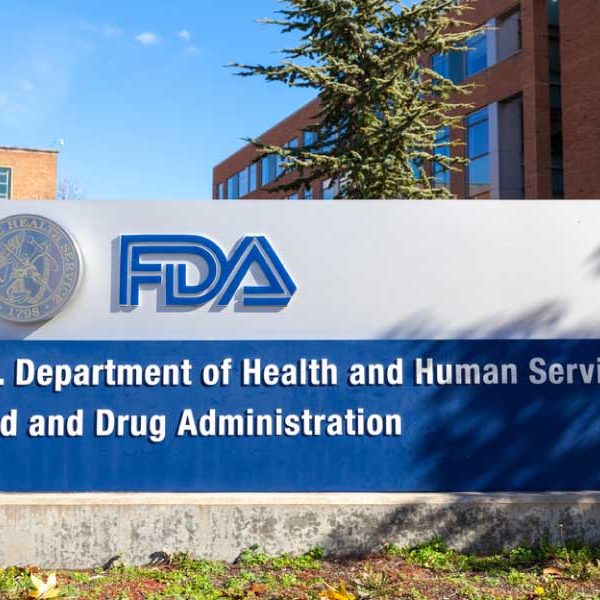A Structured Approach to Benefit-Risk Assessment Throughout Product Development in the Pharmaceutical Industry

Many of the important decisions that sponsors must make during the drug development lifecycle are based on informed benefit-risk assessments. With the assessments serving a critical role, it is imperative that sponsors understand methodologies and considerations of the benefit-risk assessment processes. Organizations that implement a structured approach to benefit-risk assessments may be able to make these decisions more quickly, thereby benefiting patients and healthcare professionals.
What is a structured benefit-risk assessment?
In broad terms, the goal of any benefit-risk assessment is to determine whether the benefits of the drug outweigh its risks 1,2,3. Benefit-risk assessments must be made at different timepoints throughout development. As such, it is helpful to adopt processes that plan for and describe formal, methodical approaches to conducting the assessments.
Beginning early in development, benefit-risk planning can help to ensure that the clinical trial data and other supporting information collected are best suited to support the benefit-risk assessment and can become part of the clinical development plan 2,5. The FDA defines structured benefit-risk planning as a purposeful activity carried out by the sponsor to incorporate consideration of the product’s benefit-risk assessment throughout the drug development lifecycle 2.
Structured benefit-risk assessments are based on a defined framework that provides a more objective assessment of the benefit–risk profile and a higher transparency for decision making purposes4,7. Usually, the assessment is written as a concise document to help identify the company’s core position 5,7.
What information is included in a structured benefit-risk assessment?
Based on guidance provided by ICH1, FDA2, and EMA4, structured benefit-risk assessments typically include the following information:
- Analysis of the condition
- Current treatment options
- Key benefits
- Key risks
- Uncertainties and strengths/limitations of the data concerning the key benefits and risks
- Risk management activities
- Overall assessment
Where can a structured benefit-risk assessment add value?
One of the defining features of the structured assessment is that it is adaptable, and the assessment can be modified based on the available data and specific milestones. For example, descriptive approaches can be used to inform early development investment decisions such as first in human trials and Phase 2 expansions. As more data become available from the program, weighting and quantitative measures can be added, such as Value Trees and Effects Tables 4,5. The assessment is used as the framework for benefit-risk discussions in the CTD Clinical Overview Section 2.5.61 as well as in the DSUR6 and PBRER3.
The structured assessments help the organization identify the strength, quality, and uncertainties of the evidence supporting the program, and benefit-risk planning helps to direct drug development toward reducing important uncertainties 2.
How can MMS help?
MMS has the expertise, tools, and technologies to support the benefit-risk management throughout your product’s development. Starting in early development, MMS will set up compliant expedited reporting processes, monitor for safety signals, and prepare all documents to meet regulatory reporting requirements.
Our teams provide continuity and understanding of the intricacies of your program, as demonstrated by our industry-leading high retention rates. MMS understands that as your development program progresses additional data sources such as real-world data (RWD), real-world evidence (RWE), and patient perspectives may be used to make informed decisions.
Accordingly, MMS will customize the strategy to suit the needs of your program as it progresses through milestones. We will work with you to review the data and to understand the emerging benefit-risk profile through a structured benefit-risk assessment. Continuing into peri- and post-approval activities, our team of experts can help you define your risk management strategy as well as develop and implement a REMS and Risk Management Plans.
For any questions, please reach out and we will connect you with the appropriate expert.
References
- International Council for Harmonisation of Technical Requirements for Pharmaceuticals for Human Use. Revision of M4E Guideline on Enhancing the Format and Structure of Benefit-Risk Information in ICH Efficacy – M4E(R2) 15 June 2016.
- United States Food and Drug Administration. Benefit-Risk Assessment for New Drug and Biological Products Guidance for Industry U.S. Department of Health and Human Services Food and Drug Administration Center for Biologics Evaluation and Research (CBER) Center for Drug Evaluation and Research (CDER) October 2023.
- United States Food and Drug Administration. FDA E2C(R2) Periodic Benefit-Risk Evaluation Report (PBRER) Guidance for Industry July 2016.
- European Medicines Agency. Benefit-risk methodology project: Update on work package 5: Effects Table pilot (Phase I). 2014. Benefit-risk methodology
- Sullivan T, Zorenyi G, Feron J, Smith M, Nord M. A Structured Benefit-Risk Assessment Operating Model for Investigational Medicinal Products in the Pharmaceutical Industry | Therapeutic Innovation & Regulatory Science (springer.com)
- International Council for Harmonisation of Technical Requirements for Pharmaceuticals for Human Use. ICH E2F Development Safety Update Report, 17 Aug 2010.
- Kurzinger ML, Douarin L, Uzon I, El_Haddad C, Hurst W, Juhaeri J, Tcherny-Lessenot S. Structured benefit–risk evaluation for medicinal products: review of quantitative benefit–risk assessment findings in the literature. Ther Adv Drug Saf. 2020, Vol. 11: 1–12 DOI: 10.1177/2042098620976951
Authored by: MMS Pharmacovigilance Team











